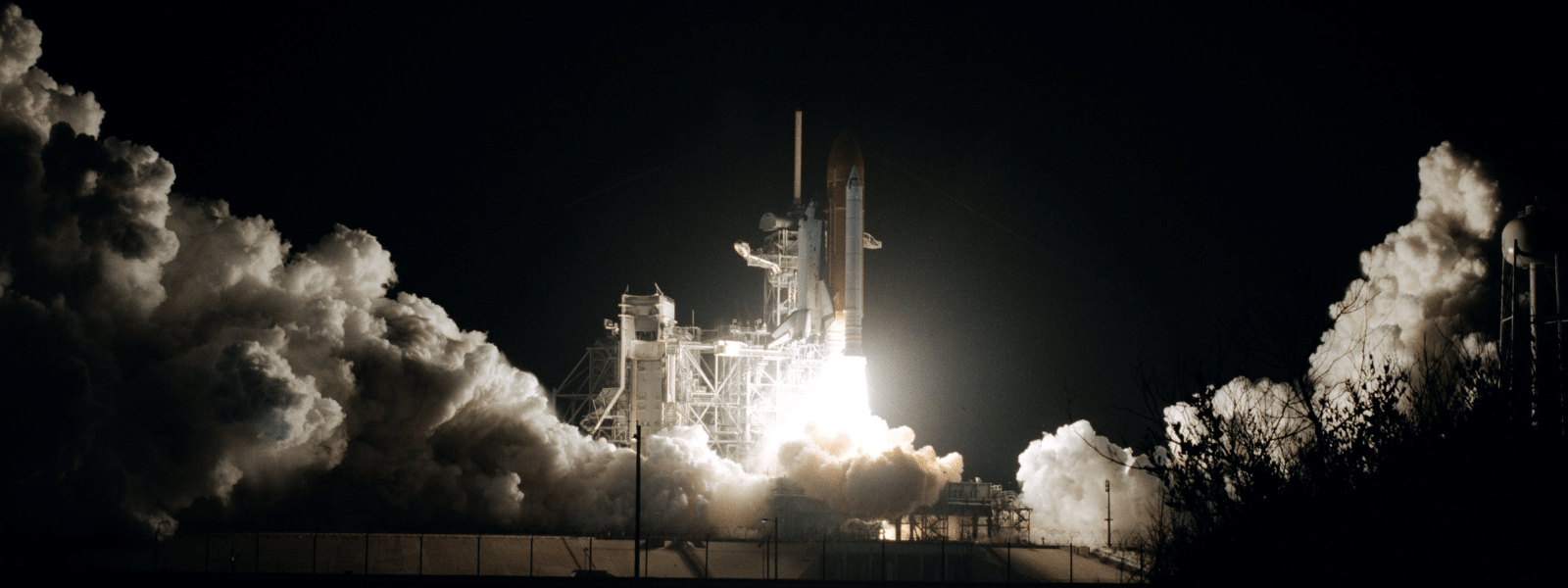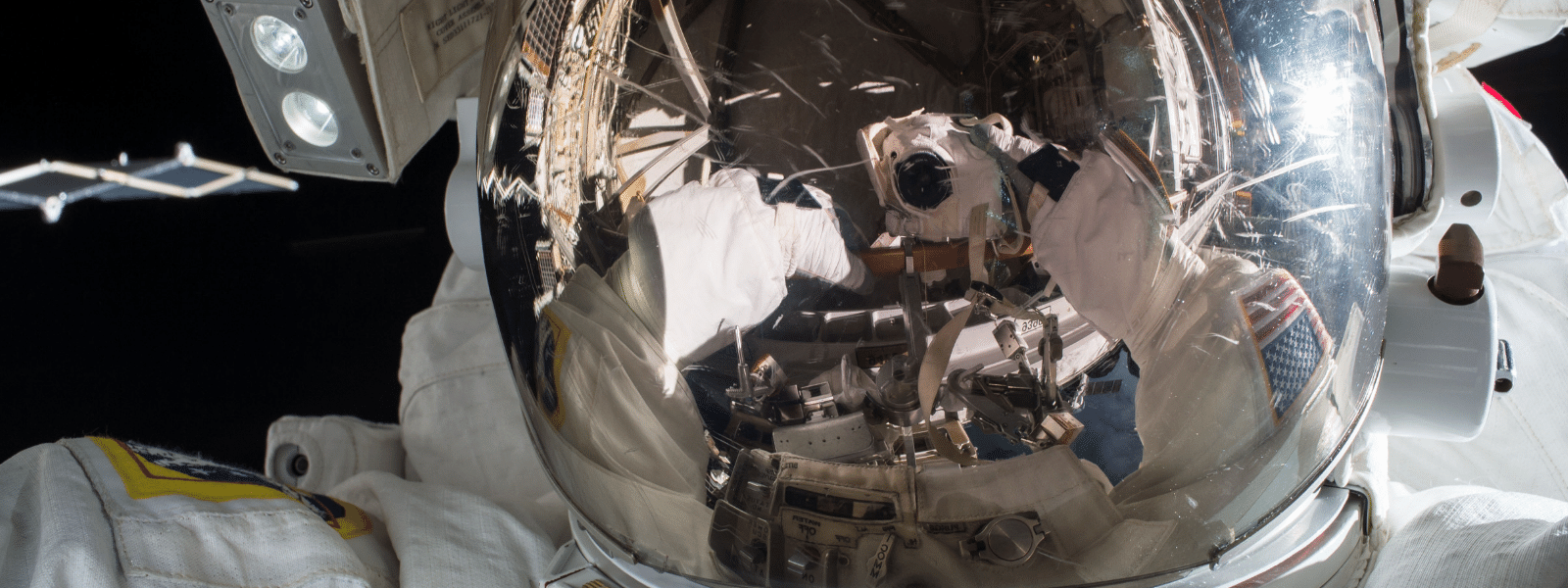IPV Curator integrates alongside Quantum StorNext Pro and Telestream Vantage to create elegant image capture and distribution workflow.
Read the full story about how IPV Curator helped NASA Kennedy Space Center with MAM system.


Cambridge, UK, 1 August 2016 – UK-based media asset management and technology specialist, IPV, has announced the successful integration of its Curator Content Factory Media Asset Management (MAM) system within NASA’s Kennedy Space Center. The MAM system is being used within a fully digital solution for launch video capture and delivery systems at the Kennedy Space Center and integrates seamlessly alongside a Quantum StorNext 5 storage system and Telestream Vantage content transcoding.
On this project, IPV collaborated with North American channel partner, Chesa, which worked as a key advisor to the project on content and workflow integration issues. “We wanted to give NASA a state-of-the-art video workflow system based on best-of-breed solutions that we knew would work well together and provide optimal value based on our own experience.” said Kurt Clawson, CTO, M&E Technology at Chesa.
There are not very many imaging environments more challenging, or more critical, than the one that supports launches at NASA’s Kennedy Space Center. During any liftoff, 80 to 100 cameras capture the event from every possible angle, and they keep tracking the rocket and its payload until it passes out of range at a height of about 8,000 feet. The data, which include images and video taken with high-resolution cameras at speeds of up 1000 frames per second, weigh in today at around 200TB per launch, and they must be made available to scientists and flight specialists in several different NASA centers as quickly as possible.

The still images and video files collected within NASA serve multiple purposes and need to be available to different audiences in different formats and resolutions. Scientists use them to assess effectiveness of equipment, systems, and procedures. The security team uses them as part of its surveillance procedures. And the public affairs department uses them to communicate the agency’s mission to its internal audience and to provide images to the general public.
At the same time, the list of organizations using Kennedy Space Center for launches is expanding, including Boeing, SpaceX, and the European Space Agency (ESA), which managed the International Space Station (ISS). “The video footage we collect is an irreplaceable asset that must be protected and retained, as well as being made available to a wide range of different users at different locations, which makes the management task particularly challenging,” Jeff Wolfe, Communications System Analyst at Abacus Technology said.
When NASA wrote the requirements for a 21st-century workflow solution, it had several key considerations. The system needed to provide high performance to allow all the data to be downloaded from cameras within 24 hours of a launch. It needed to be able to scale to support future missions and higher resolution formats. It needed to store and retain multiple copies of files for protection and future use, and to give all users access to content as an automated part of the workflow. It needed to be compatible with media asset management and the workflow solutions used by other offices, including Apple Xsan.

Within the new NASA workflow the primary disk copy from the Chesa system is accessed by users directly while the files are active. As content ages and becomes inactive, it is removed from the disk, but an archive copy remains available in the archive for users to access. Files and metadata for them are visible through the IPV Curator media asset manager for all content, whether they are located on disk or in the archive. For long-term retention, the second tape copy is removed from the library and stored in a secure, off-line location.
“After rigorous design and testing, NASA has an elegant workflow where video files get into the system at high speed, everything is protected immediately so the data is safe and secure, and all the assets are available immediately to users using a single IPV management interface,” explains Nigel Booth, EVP Business Development at IPV. “Abacus Technology and Chesa have designed a multi-vendor solution that gives everyone faster access to the data, to make content searches and retrieval quick and easy, and to reduce the amount of administration time.”
© 2020 IPV Ltd | All Rights Reserved